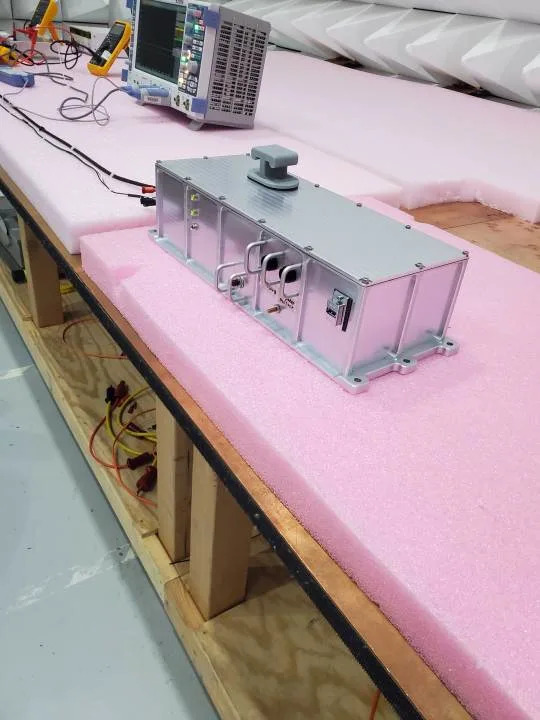ELVIS in Space! Huntsville engineering company announces successful ISS mission
HUNTSVILLE, Ala. (WHNT) — Huntsville’s Teledyne Brown Engineering announced last week the successful completion of its role in a project on the International Space Station.
TBE announced Friday that the company successfully completed its role as Implementation Partner for the Extant Life Volumetric Imaging System (ELVIS) project.
The engineering company said the ELVIS program is a “groundbreaking holographic microscope designed to study microbial life in space.” The ELVIS project was developed jointly with NASA’s Jet Propulsion Laboratory and Portland State University.
 Portland State University’s Extant Life Volumetric Imaging System (ELVIS) is shown during testing.(Image credit: Jay Nadeau)
Portland State University’s Extant Life Volumetric Imaging System (ELVIS) is shown during testing.(Image credit: Jay Nadeau)ELVIS was launched to the ISS on April 22 aboard a SpaceX Dragon rocket and has been excelling since May 2.
“The ELVIS mission represents a major leap forward in our ability to study life in space,” Scott Hall, TBE President, said. “We are proud to have played a key role in enabling this innovative research, which will deepen our understanding of cellular life beyond Earth.”
In the announcement, TBE listed out its contributions to the project:
Launch vehicle and ISS integration and verification
Engineering and design assistance
Interface and safety test support
System safety documentation (data packages, hazard reports, verifications)
Cold stowage integration
Operations planning support
TBE then said the ELVIS system completed its mission, with all operations finishing on June 6.
“All scientific objectives were successfully achieved. The hardware and biological samples are scheduled to return to Earth, where they will undergo transcriptomic sequencing and be compared with ground-based controls. Additionally, tracking of motile cells will help identify any changes in motility phenotypes or cell distribution within the sample volume, offering valuable insights into how microgravity affects microbial behavior.”
TBE
During its time in space, the ISS National Laboratory said ELVIS was going to focus its efforts on two Earth-based life forms: Euglena gracilis and Colwellia psychrerythraea.
Euglena gracilis is a microalga known and praised for its adaptability. Colwellia psychrerythraea, according to the ISSNL, is a bacterium that not only survives but thrives in frigid ocean waters.
ELVIS’ objective went way beyond just observing these two Earth-based life forms; it tests their “observable and genetic adaptations tomicrogravity,” ISSNL said.
“The successful operation of ELVIS in the demanding conditions of space not only paves the way for its use in off-Earth environments but also holds implications for enhancing biomedical and microbiological research on our planet,” Portland State University Physics Professor and principal investigator on the ELVIS project, Jay Nadeau, said.
You can learn more about the ELVIS project on the ISSNL website here.
Copyright 2025 Nexstar Media, Inc. All rights reserved. This material may not be published, broadcast, rewritten, or redistributed.
For the latest news, weather, sports, and streaming video, head to WHNT.com.













